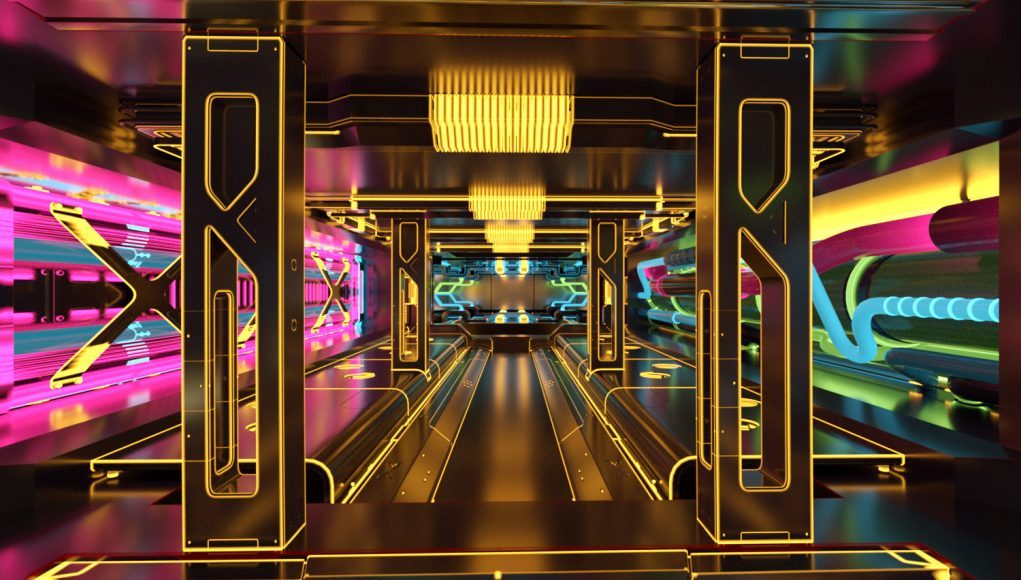 At Unity’s Unite keynote in November, Otoy’s Jules Urbach announced that their Octane Renderer was going to be built into Unity to bake light field scenes. But this is also setting up the potential for real-time ray tracing of light fields using application-specific integrated circuits from PowerVR, which Urbach says that with 120W could render out up to 6 billion rays per second. Combining this PowerVR ASIC with foveated rendering and Otoy’s Octane renderer built into Unity provides a technological roadmap for being able to produce a photorealistic quality that will be like beaming the Matrix into your eyes.
At Unity’s Unite keynote in November, Otoy’s Jules Urbach announced that their Octane Renderer was going to be built into Unity to bake light field scenes. But this is also setting up the potential for real-time ray tracing of light fields using application-specific integrated circuits from PowerVR, which Urbach says that with 120W could render out up to 6 billion rays per second. Combining this PowerVR ASIC with foveated rendering and Otoy’s Octane renderer built into Unity provides a technological roadmap for being able to produce a photorealistic quality that will be like beaming the Matrix into your eyes.
LISTEN TO THE VOICES OF VR PODCAST
Audio PlayerI had a chance to catch up with Urbach at CES 2017 where we talked about the Unity integration, the open standards work Otoy is working on, overcoming the Uncanny Valley, the future of the decentralized metaverse, and some of the deeper philosophical thoughts about the Metaverse that is the driving motivation behind Otoy’s work toward being able to render virtual reality with a visual fidelity that is indistinguishable from reality.
Here’s Otoy’s Unity Integration Announcement:
Here’s the opening title sequence from Westworld that uses Otoy’s Octane Renderer:







